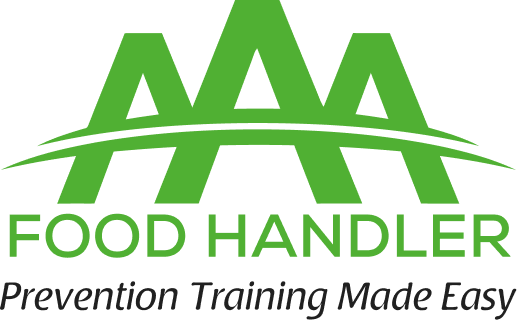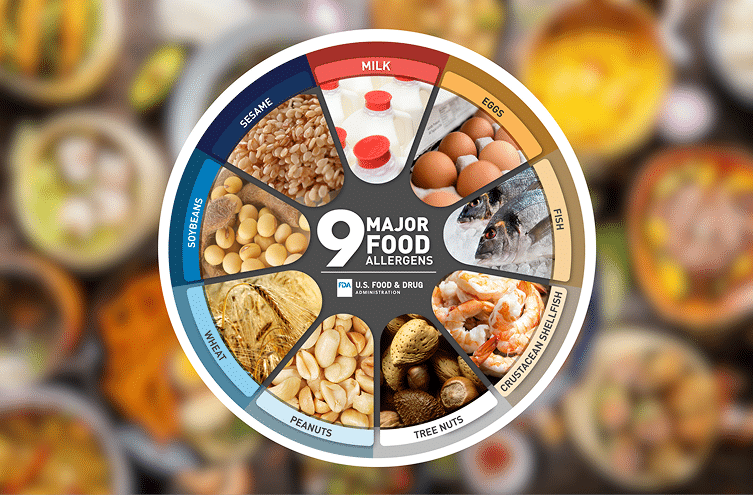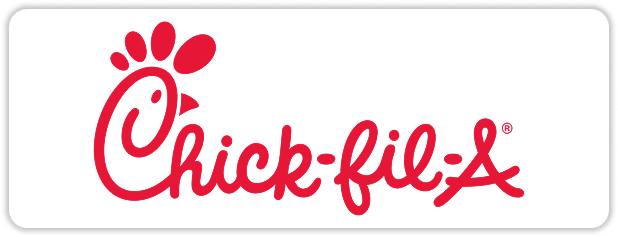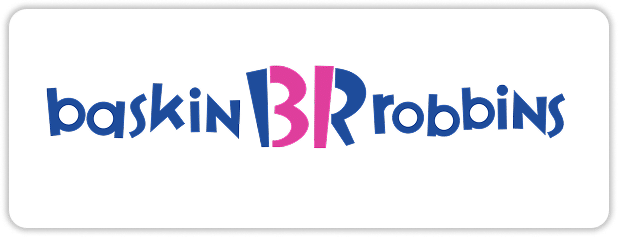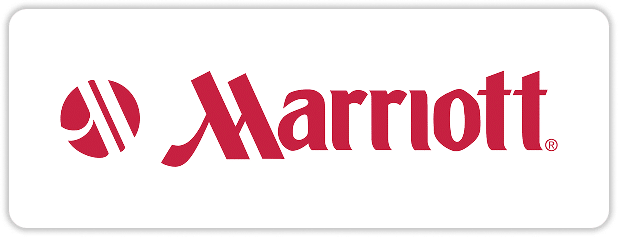
7 Restaurant Industry Trends for 2024
The restaurant industry is bracing for another year of challenges in 2024 as familiar pressures like inflation, price-sensitive customers, and rising operational costs continue to impact businesses across the board. With capital remaining scarce and traffic sluggish, restaurant operators are navigating a tough landscape, prompting many to seek out innovative solutions to stay competitive.
As Bryan Solar, Chief Product Officer at SpotOn, puts it, “Right now is the hardest it has ever been in the past 25-plus years of running restaurants.“
To tackle these issues, industry experts foresee restaurants embracing new technologies, including artificial intelligence, to streamline operations and cut labor costs. Service fees may become more common, helping restaurants manage labor expenses and retain employees, but the challenge will be balancing this with customer expectations.
Meanwhile, brands are also experimenting with menu options and beverage customization to appeal to younger, value-conscious diners and drive off-peak traffic. These trends, along with others, will shape the strategies that define the restaurant industry in 2024.
Read on to discover the seven key trends to watch for in the coming year.
Key Restaurant Industry Trends Shaping 2024

1. Service Fees: A New Normal for Full-Service Restaurants
Service fees are becoming increasingly common, particularly in regions where minimum wages for restaurant workers are rising, such as Washington, D.C. and Chicago. These fees, often ranging between 4% and 23%, help operators cover employee benefits like health care and stable wages.
While these fees can boost employee retention by insulating staff from unpredictable tips, there’s a risk of alienating price-sensitive customers. Restaurant owners need to strike a balance between offering competitive compensation and managing customer expectations around pricing transparency.
As restaurants adjust, education and transparency are key. AAA Food Handler provides valuable food safety and management training to help restaurant operators streamline operations while complying with regulations. Their expertise helps owners navigate new trends, ensuring staff are well-trained and equipped for the evolving restaurant landscape.
2. Value-Driven Menus and Smaller Price Hikes
Inflation-driven price hikes will moderate in 2024. Instead of steep increases, restaurants will look to raise prices by 3-5%, down from the double-digit hikes seen in 2023. With consumers reaching their spending limit, restaurants will focus on delivering value. Chains like Church’s Chicken are re-engineering their menus to offer more cost-effective options without compromising on quality.
Value engineering, paired with menu innovation, can be a game changer in retaining customers. As customers tighten their budgets, experimenting with pricing configurations while maintaining quality will be essential for survival.
3. Streamlined Menus with an Emphasis on Snacks and Beverages
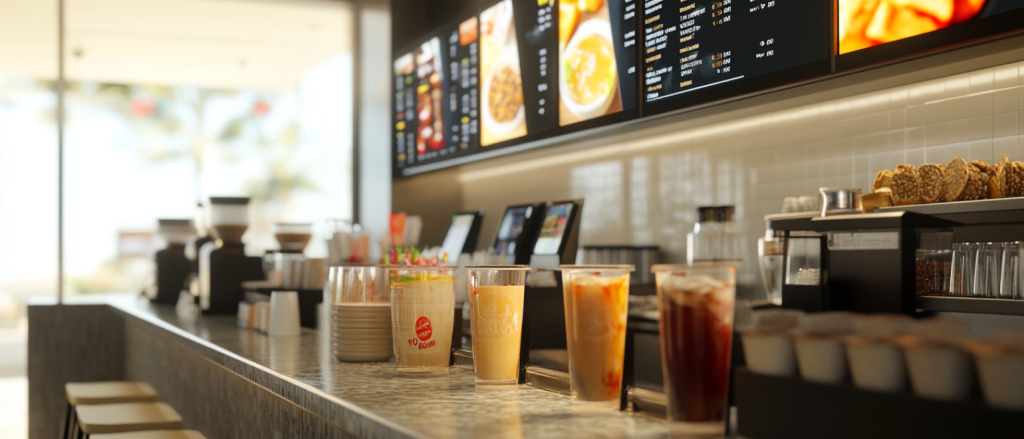
Efficiency is crucial in 2024, with many chains streamlining their menus to reduce operational complexity. However, snack items and customizable beverage offerings are expected to grow. Restaurants are capitalizing on mid-afternoon traffic by offering caffeinated beverages, smoothies, and energy-boosting snacks to appeal to younger consumers.
McDonald’s new CosMc concept is an example of this trend, emphasizing customizable, functional drinks that appeal to snacking occasions. The focus on beverages as destination drivers reflects an industry shift towards innovation and meeting consumer demand for variety.
4. AI Adoption and Labor-Saving Technology
The use of artificial intelligence (AI) in restaurants is expanding, particularly in the back-of-house. AI-powered kitchen systems will help operators optimize efficiency, manage order flow and reduce prep times. While customer-facing technology like kiosks and AI-driven drive-thrus will enhance convenience, the real impact will be felt behind the scenes.
AAA Food Handler plays a vital role in this shift by offering food safety training that integrates modern technology, ensuring restaurant employees can work more efficiently while maintaining safety standards. Operators are also increasingly adopting handheld devices to speed up table service, enhancing guest experiences and increasing sales. The move to automate repetitive tasks will allow restaurant staff to focus on high-value hospitality moments.
5. Tech-Enhanced Employee Retention and Productivity
With labor shortages improving only slightly, restaurants are focusing on technology to handle repetitive tasks, allowing staff to focus on guest interactions. Tools like kiosks and order-at-table devices free up workers to engage more meaningfully with customers while also driving sales through upselling opportunities.
Automation isn’t just about reducing headcount; it’s about improving labor productivity. Restaurants are embracing tech solutions, such as AI-driven systems and back-office automation, to simplify tasks like employee scheduling and supply management. Implementing this tech can also lead to improved employee satisfaction and retention—key elements to maintaining operational efficiency.
6. Personalized Loyalty Programs and Guest Engagement
Personalization has become a cornerstone of loyalty programs, with restaurants moving towards tailored offers based on consumer behavior. Chains can target individual preferences by leveraging customer data, driving repeat visits and higher spending. Mobile apps and online ordering systems are making it easier for restaurants to track and respond to customer preferences.
Starbucks is a prime example, having revolutionized the customer experience with its highly personalized app that caters to quick, seamless transactions. In 2024, expect more full-service restaurants to introduce similar systems that remember past orders and offer personalized perks, enhancing the dining experience.
7. Development Challenges and Franchise Growth
Despite high construction and interest costs, franchising remains a strong driver of growth. Operators are minimizing buildout costs by downsizing restaurant footprints without compromising on sales volume. The trend towards smaller units with multiple guest queues, as seen with Church’s Chicken, allows restaurants to maintain high efficiency in less space.
AAA Food Handler offers training that helps restaurant operators navigate the complexities of development, ensuring food safety and operational efficiency are maintained throughout expansion.
Embracing Change with AAA Food Handler
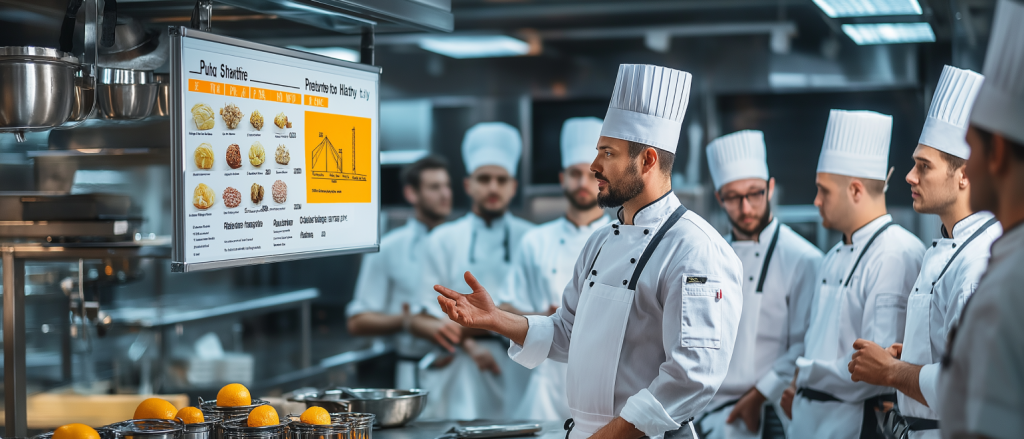
In an industry where innovation and adaptability are paramount, AAA Food Handler offers essential food safety training and management guidance to help restaurant owners navigate new trends and regulations. With expertise in food handling and training, AAA Food Handler ensures that restaurants remain compliant, efficient, and ready for the future.
In 2024, the ability to adapt to these trends—through the adoption of new technologies, innovative menu offerings, and strategic development decisions—will be key to staying competitive in a challenging market.
